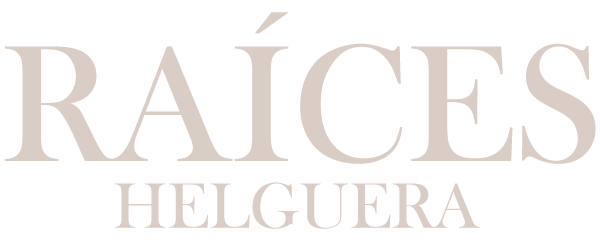Content
In addition, if consumers cannot respond to high prices by reducing their demand, excess wealth flows from consumers to producers. The marginal cost or marginal cost is the cost that is assumed when starting the production of an additional unit. Learn how to calculate marginal cost with the marginal cost formula. A company produces 10,000 radios at a fixed cost of $100,000 per annum. Economic profit is the difference between total monetary revenue and total costs, but total costs include both explicit and implicit costs.
It is also crucial to note that the entrepreneur also has an opportunity cost. Wages paid to workers, rent paid to a landowner, and material costs paid to a supplier are all examples of explicit Marginal Cost Of Production Definition costs. The cost of capital refers to the cost of the money used to pay for the capital. Synario’s proven suite offinancial modeling toolscan help you make intelligent business planning decisions.
Xero Small Business Guides
That is to say, when the output is 20,000, there is no profit and no loss. Thus, an increase in output will reflect how much extra funds will be available for additional output. Add marginal cost to one of your lists below, or create a new one. The marginal cost to a bank of a transaction over the internet is a mere cent. The normal profit is determined by the market and is considered a cost. The cost of capital is the cost of the money used to finance the plant.
It is calculated by dividing the change in total cost by the change in the quantity of output. Of great importance in the theory of marginal cost is the distinction between the marginal private and https://www.wave-accounting.net/ social costs. The marginal private cost shows the cost borne by the firm in question. It is the marginal private cost that is used by business decision makers in their profit maximization behavior.
Products
At each production level and time period, your production costs can go up or down. This is especially true when higher or lower output is needed in production. If you are making additional units, the extra production may require you to hire one to two more workers. What’s more, it could increase the cost of purchasing raw materials. A unit cost refers to the cost a company incurs in producing and selling a given product.
- This might be in order to get rid of stock that is going out of date, or, to attract customers to purchase cheap goods.
- There are two behaviors aspects that explain marginal cost behavior.
- The formula above can be used when more than one additional unit is being manufactured.
- By themselves, health economists do not make choices about the allocation of scarce resources.
- High prices can occur from the exercise of market power in the absence of true scarcity.
- The marginal cost of production helps you find the ideal production level for your business.
- It has additional capacity to manufacture more goods and is approached with an offer to buy 1,000 units for $40 each.
In economics, the marginal cost is the change in total production cost that comes from making or producing one additional unit. To calculate marginal cost, divide the change in production costs by the change in quantity. The purpose of analyzing marginal cost is to determine at what point an organization can achieve economies of scale to optimize production and overall operations. If the marginal cost of producing one additional unit is lower than the per-unit price, the producer has the potential to gain a profit.
Average and Marginal Cost
To produce more chairs, you have to buy a new, more advanced robotic arm that can manage the work. This increased cost to make more chairs is like the marginal cost of production. The marginal cost curve shows how the cost of producing one more unit depends on the quantity that has already been produced. The point where the marginal cost curve intersects the average total cost curve shows the minimum-cost output. Marginal cost is equal to the change in total cost divided by the change in the quantity of output produced.
- Learn accounting fundamentals and how to read financial statements with CFI’s free online accounting classes.
- Your marginal cost of production is $5.01 per unit for every unit over 500.
- After this, however, any increase in the production volume tends to increase variable costs at a lower rate.
- In the first year of business, his total costs amount to $100,000, which include $80,000 of fixed costs and $20,000 of variable costs.
- Therefore, the marginal cost of the new buns already includes the expenses in these necessities.

